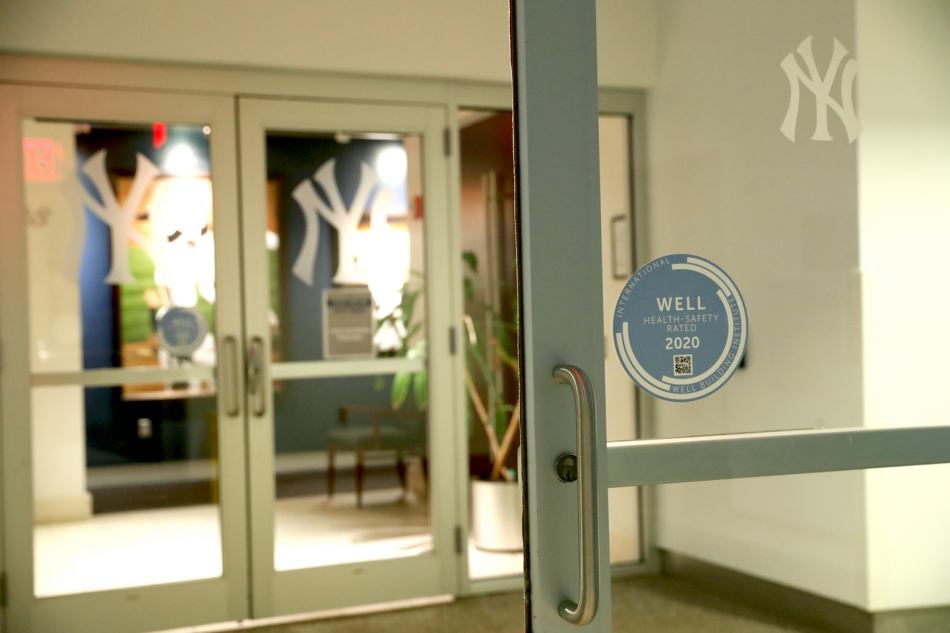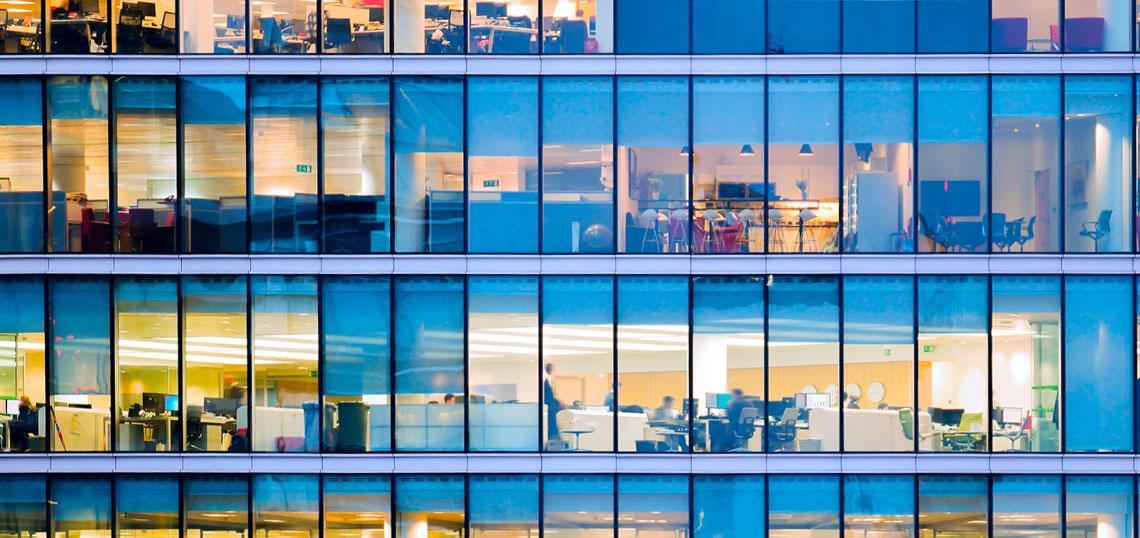Last week, New York Attorney General Letitia James filed suit against Amazon for not protecting its workers during the pandemic. Astoundedly, over 250 employees of the Staten Island facility tested positive COVID-19.
The lawsuit states, “Throughout the historic pandemic, Amazon has repeatedly and persistently failed to comply with its obligation to institute reasonable and adequate measures to protect its workers from the spread of the virus in its New York City facilities JFK8, a Staten Island fulfillment center, and DBK1, a Queens’ distribution center. Amazon’s flagrant disregard for health and safety requirements has threatened serious illness and grave harm to the thousands of workers in these facilities and poses a continued substantial and specific danger to public health.
Despite the fact that the lawsuit covers more than just the flaws in the facility, this Amazon superspreader location begs the question: what do NYC buildings need to do in order to become “pandemic-safe”?
Undoubtedly a Herculean task, upgrading buildings to avoid any pandemic spread is now a necessity. But what exactly does making a building pandemic-safe mean, who, if anyone, is regulating this, and how much will it cost building owners?
The CDC offers general recommendations for building upgrades, such as:
-
Evaluate the building and its mechanical and life safety systems. Check for hazards associated with prolonged facility shutdown such as mold growth, rodents or pests, or issues with stagnant water systems, and take appropriate remedial actions.
-
Ensure that ventilation systems in your facility operate properly.
-
Increase circulation of outdoor air as much as possible by opening windows and doors if possible, and using fans.
-
To minimize the risk of Legionnaires’ disease and other diseases associated with water, take steps to ensure that all water systems and features (e.g., sink faucets, drinking fountains, decorative fountains) and water-using devices (e.g., ice machines, cooling towers) are safe to use after a prolonged facility shutdown
New York City constraints
In June, Governor Andrew Cuomo said about making buildings healthy, “If we can do that [referring to heating, ventilation and air conditioning] without an exorbitant expense for existing HVAC systems, it's something we have to look at.
Craig Dykers, the co-founder of the architecture firm Snøhetta, recently wrote an OpEd in Crain's New York saying “sunlight and fresh air are the best (building) disinfectants.” Unfortunately, direct sunlight and the ability to open windows are two things most NYC buildings are devoid of.
Similarly, elevators are an unavoidable aspect of NYC life but social distancing and proper ventilation in small, enclosed spaces is difficult, if not impossible.
Sai Mali Ananthanarayanan, a doctoral student in industrial engineering and operations research at Columbia University in New York City, conducted computer simulations of elevator usage data provided by the New York City Mayor's Office. Ananthanarayanan told HealthDay, "If buildings reopen fully with the usual amount of foot traffic, the length of queues in the lobby during rush hour will explode, which can be unsafe, posing a public health risk," he warned.
WELL Health-Safety Rating
The International WELL Building Institute (IWBI) has created a grading systerm called the WELL Health-Safety Rating. The rating system was designed by IWBI’s Task Force on COVID-19 which included nearly 600 public health experts, virologists, government officials, academics, business leaders, architects, designers, building scientists, and real estate professionals.
The rating system includes a 10-point process including air, water, nourishment, movement, acoustics, lighting, thermal comfort, and biophilic connections. The IWBI codified standards to guide building owners and managers in addressing COVID-safety issues. If they meet those standards, they are subjected to an on-site review and the results are then tested by a third-party site. If they pass, they are verified. If they do not, they can correct the issues and reapply.
A building that passes and is verified will have the WELL Health-Safety logo on its front door.
 Photo courtesy of the New York Yankees
Photo courtesy of the New York Yankees
According to the company, the WELL Health-Safety ratings are rigorous but not impossible. The company reports that 83 countries have already adopted these standards.
In New York alone, Yankees Stadium, Empire State Realty, JP Morgan, T-Mobile, Simon Property (malls) are WELL Health-Safety rated.
And, to add stars to their safety rating, they just launched a public relations campaign featuring Lady Gaga, Jennifer Lopez, Michael B. Jordan, Robert DeNiro, Venus Williams, Wolfgang Puck, Deepak Chopra, and 17th U.S. Surgeon General Richard Carmona.
Costs of COVID-Safety Upgrades
The cost of getting a building to a COVID-safe status (as “safe” as it can be), will clearly differ based on the current conditions of the buildings, ranging from the building and its mechanical age, density, height, location, etc.
But, one measure of cost is updating ventilation. According to another Crain’s New York article: “HEPA filters—short for high-efficiency particulate air—are believed to be most effective at eliminating the virus. But they cost about 20 cents per square foot of a building and require stronger airflow than many buildings are capable of pumping, creating additional costs and headaches.”
But, they add: “The HVAC engineering group says most buildings can safely use MERV 13 filters, which cost about 1 cent per square foot and are more readily adapted to standard air-conditioning systems. MERV stands for minimum efficiency reporting value, and is rated from 1 to 16, with 16 offering the highest level of filtration.”
Although a building can be officially rated as "safe," the reality is that making a building as safe as can be will require measures that extend beyond the built structure. To be sure, we must also commonly agree upon physical and social guidelines (eg. distancing, handwashing) if we want to create healthy work environments.






